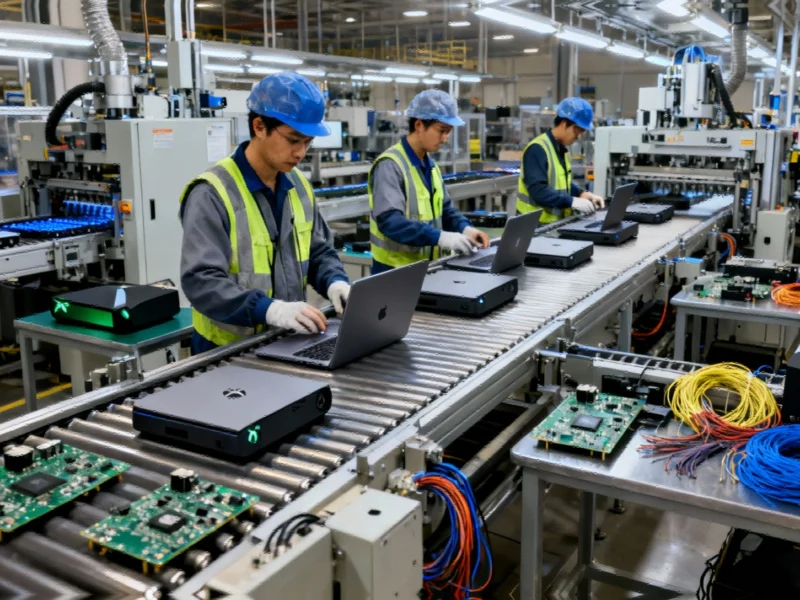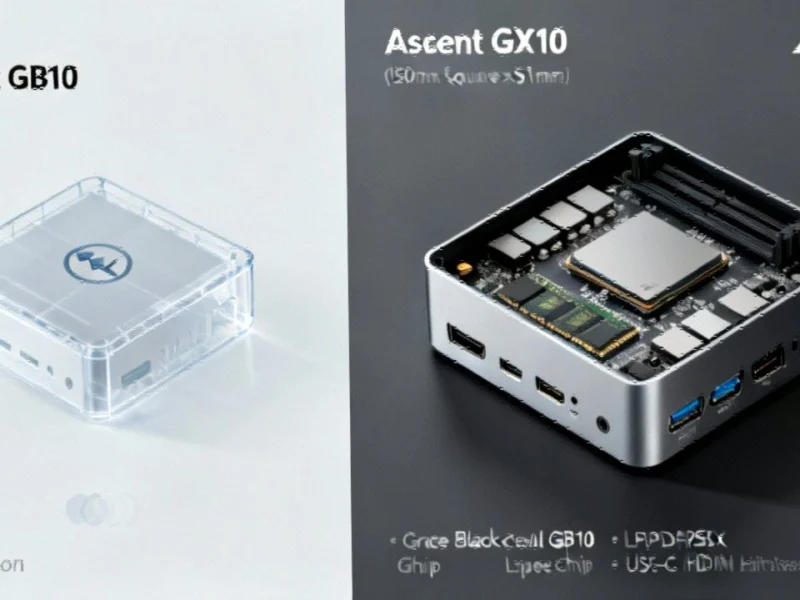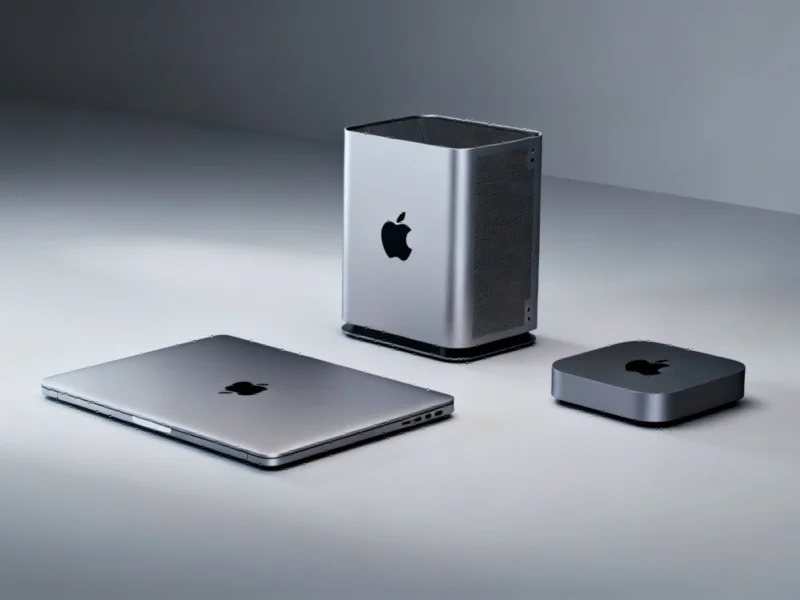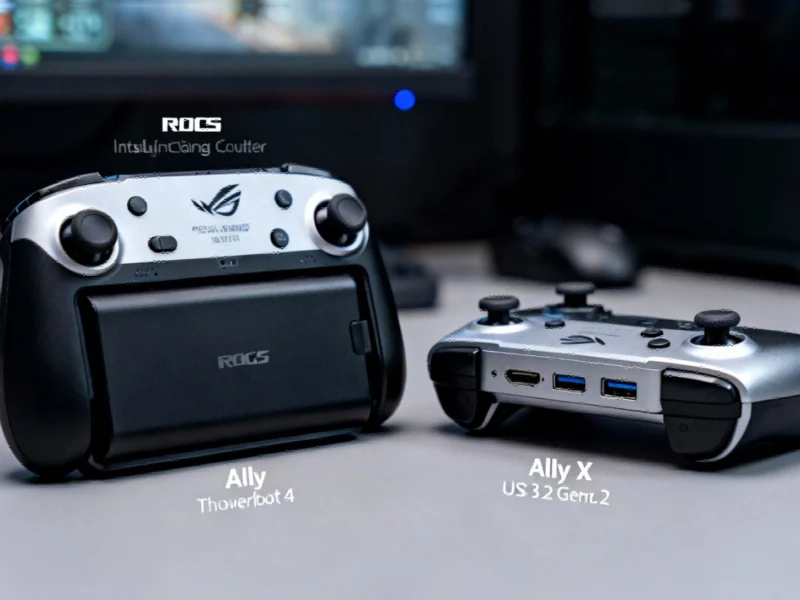Microsoft’s Supply Chain Evolution
In a significant strategic pivot, Microsoft is reportedly relocating its Surface device and Xbox console manufacturing operations away from China, according to detailed reports from industry sources. This move represents one of the most substantial supply chain reorganizations in the company’s hardware division history and signals a broader trend of technological decoupling between major economic powers.
Comprehensive Production Relocation
The technology giant isn’t merely shifting final assembly lines—Microsoft is orchestrating a complete manufacturing ecosystem transition. The company has instructed suppliers to move component production for essential hardware elements including specialized fibers, advanced cables, and sophisticated circuit boards out of Chinese facilities. This comprehensive approach ensures that future Surface devices, starting from 2026 models, will be entirely produced outside China’s manufacturing infrastructure.
This manufacturing realignment follows Microsoft’s earlier success in relocating server production, demonstrating the company’s growing expertise in managing complex supply chain transitions. The scale of this operation underscores Microsoft’s commitment to building resilient manufacturing networks that can withstand geopolitical pressures and trade disruptions.
Geopolitical Catalysts and Economic Implications
The decision comes amid escalating international diplomatic tensions that have created unprecedented challenges for global technology companies. Recent developments include threatened tariff increases reaching 100% on Chinese goods and reciprocal port fee implementations that have substantially increased international shipping costs.
China’s simultaneous tightening of rare earth material export regulations has created additional pressure points for electronics manufacturers. These essential components form the foundation of modern computing devices, and restricted access threatens production stability for companies dependent on Chinese supply chains.
Consumer Impact and Market Dynamics
For consumers, this manufacturing transition could yield significant benefits despite initial implementation challenges. Xbox enthusiasts, who have faced steadily increasing console prices amid component shortages and tariff pressures, may eventually see more stable pricing as production costs normalize in new manufacturing locations.
The Surface product line, which has evolved into a comprehensive portfolio of laptops, hybrid devices, and productivity accessories, stands to benefit from more predictable manufacturing economics. While early adopters sometimes reported reliability concerns with earlier models, the manufacturing relocation could coincide with quality improvements as Microsoft reevaluates its entire production process.
Broader Industry Context
Microsoft’s strategic shift occurs alongside other significant technology industry developments as companies worldwide reassess their manufacturing dependencies. The move away from concentrated production centers reflects a growing recognition that geographic diversification is essential for supply chain security in an increasingly volatile global trade environment.
This manufacturing redistribution represents more than just a cost-saving measure—it’s a fundamental reimagining of how global technology companies structure their production networks to balance efficiency, risk management, and geopolitical considerations.
Long-term Strategic Positioning
Microsoft’s proactive approach to supply chain reorganization positions the company advantageously for future market conditions. By developing alternative manufacturing ecosystems now, Microsoft insulates itself from potential future trade restrictions and ensures continuous product availability regardless of diplomatic developments between the U.S. and China.
The company’s experience with server production relocation provides valuable insights that can streamline the Surface and Xbox transition process. This institutional knowledge, combined with careful planning for the 2026 implementation timeline, suggests Microsoft is executing a well-considered strategy rather than reacting impulsively to current events.
As the global technology landscape continues to evolve, Microsoft’s manufacturing recalibration may establish new industry standards for supply chain resilience, potentially influencing how other companies approach their own production strategies in this new era of technological sovereignty concerns.
This article aggregates information from publicly available sources. All trademarks and copyrights belong to their respective owners.



